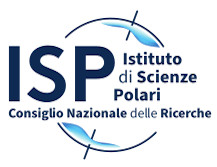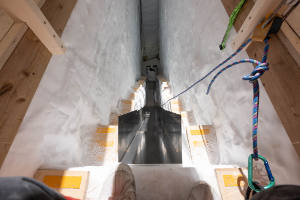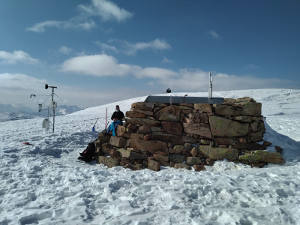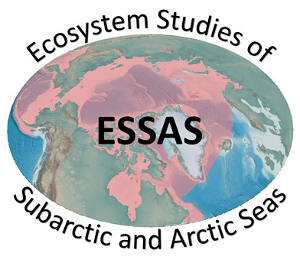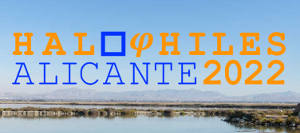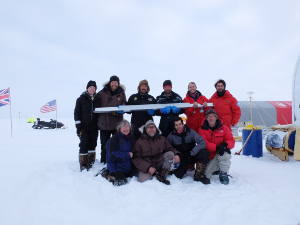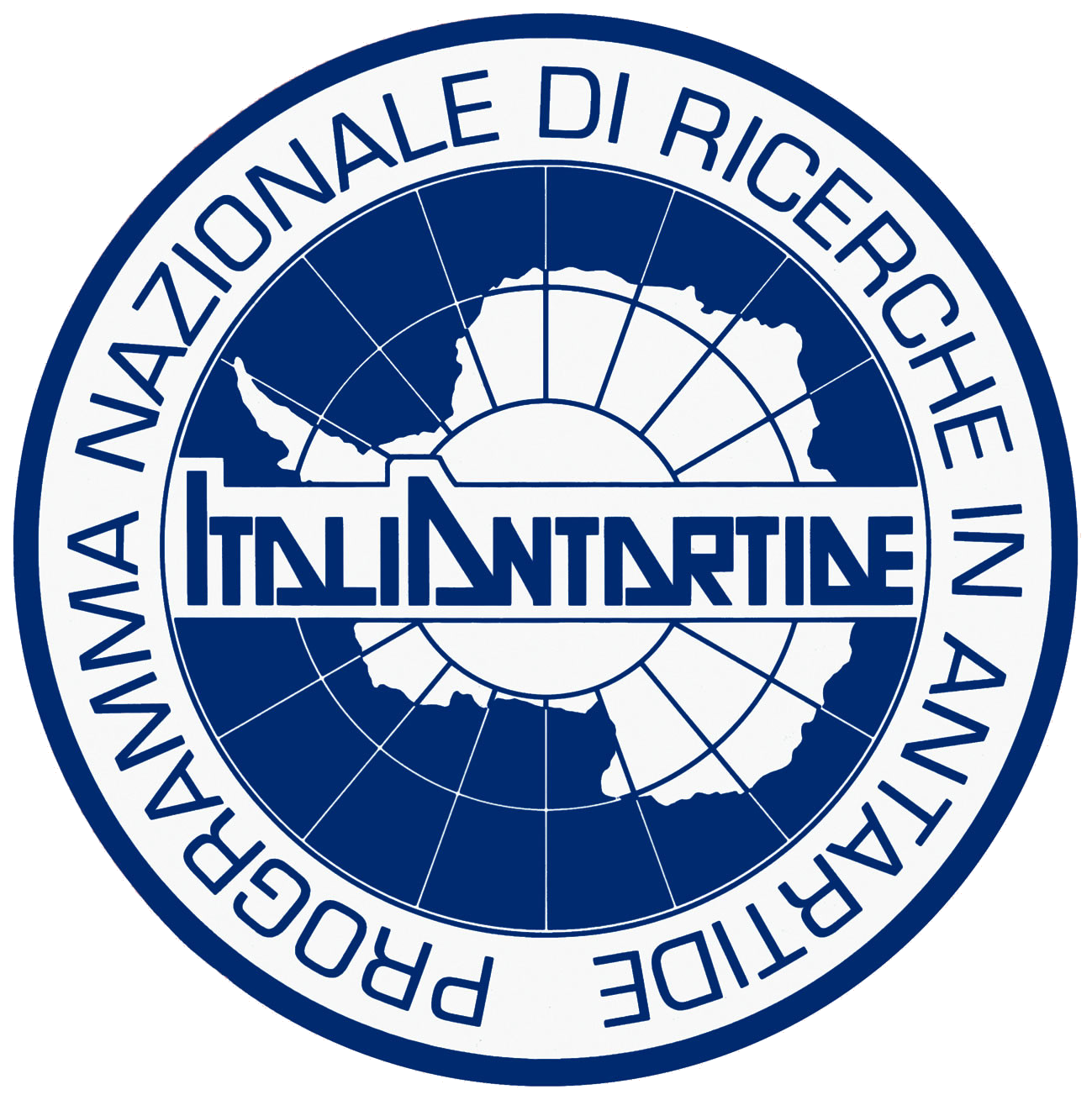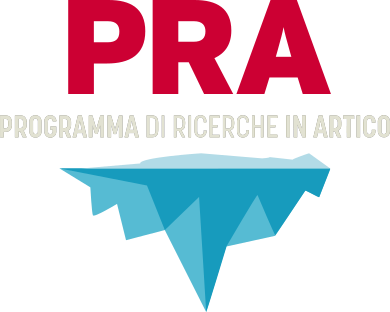
Archivio (469)
17 Febbraio 2022
Conclusa con successo la prima campagna di perforazione di Beyond Epica-Oldest Ice, il progetto di ricerca internazionale finanziato dalla Commissione europea e coordinato dall’Istituto di Scienze Polari del Cnr, che mira a ottenere, attraverso l’analisi di una carota di ghiaccio estratta dalla profondità della calotta, dati sull’evoluzione delle temperature, sulla composizione dell’atmosfera e sul ciclo del carbonio, tornando indietro nel tempo di 1 milione e mezzo di anni. (Carlo Barbante, coordinatore del progetto, direttore CNR-ISP, Università Ca’Foscari; Chiara Venier, project manager del progetto Beyond Epica-Oldest Ice, CNR-ISP)
Comunicato CNR - English version
Photo by Barbante©PNRA/IPEV - Mid-day sun at Little Dome C illuminating the staircase to the purgatory (the BEOIC hole entrance)
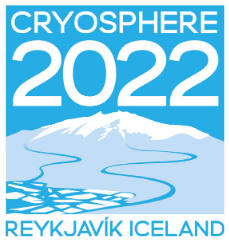 INTERNATIONAL SYMPOSIUM ON ICE, SNOW AND WATER IN A WARMING WORLD
INTERNATIONAL SYMPOSIUM ON ICE, SNOW AND WATER IN A WARMING WORLD
August 21–26, 2022 Reykjavík, Iceland
The new Second Circular is now available online.
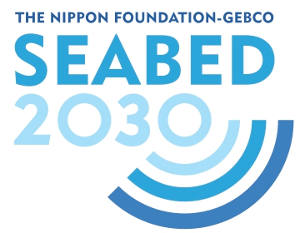 You are invited to participate in the Fourth Nippon Foundation-GEBCO Seabed 2030 Project Arctic-Antarctic and North Pacific Mapping Meeting.
You are invited to participate in the Fourth Nippon Foundation-GEBCO Seabed 2030 Project Arctic-Antarctic and North Pacific Mapping Meeting.
The goals of the meeting are to:
• Review the progress made since the last Seabed 2030 Arctic-Antarctic and North Pacific Mapping Meeting in 2020. This includes the status of the IBCAO and IBCSO
• Identify new bathymetric data sources
• Develop strategies to locate and unlock data sets for seabed 2030
• Develop strategies to coordinate and promote new mapping activities
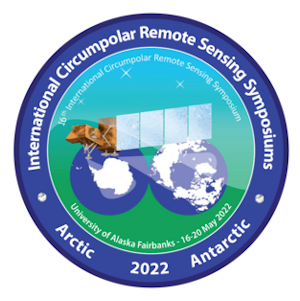 The theme of the 16th ICRSS is Convergence at the Poles – Addressing urgent research questions and management needs through remote sensing in the Arctic and Antarctic.
The theme of the 16th ICRSS is Convergence at the Poles – Addressing urgent research questions and management needs through remote sensing in the Arctic and Antarctic.
This symposium deals specifically with remote sensing applications in the polar environments, both Arctic and Antarctic. Earth’s Polar Regions feature cold-climate environments characterized by unique landscapes, biota, and processes.
11 Febbraio 2022
Un nuovo studio, pubblicato su Atmospheric Environment, indaga il comportamento del mercurio atmosferico rilevato nell’arco di un anno di raccolta dati presso la stazione di Col Margherita (Belluno).
I risultati sono stati inaspettati: è emerso un trend che si ripete nel tempo. Nell’arco delle 24 ore, il mercurio raggiunge un picco massimo nelle ore serali e il picco minimo nelle ore della mattinata, ma esiste anche una variabilità legata alle stagioni: il mercurio raggiunge il suo massimo in atmosfera nei mesi estivi (giugno-agosto) e il picco minimo nei mesi invernali (novembre-febbraio).
La ricerca, in collaborazione con Ca’ Foscari e CNR-ISAC, fornirà informazioni preziose relative al ciclo del mercurio (Hg) presente nell’ambiente, soprattutto in ambienti di alta montagna, che risultano essere ottimi scenari per lo studio del mercurio in situazioni non contaminate dall’impronta umana.
DOI:10.1016/j.atmosenv.2021.118917 (Massimiliano Vardè e Warren Cairns, CNR-ISP) - Approfondimento
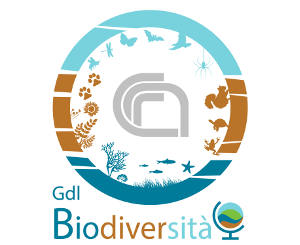 Il Gruppo di lavoro Biodiversità del DSSTTA-CNR lancia l'iniziativa delle Biodiversity Masterclasses
Il Gruppo di lavoro Biodiversità del DSSTTA-CNR lancia l'iniziativa delle Biodiversity Masterclasses
Date: 10 marzo, 24 marzo e 7 aprile 2022
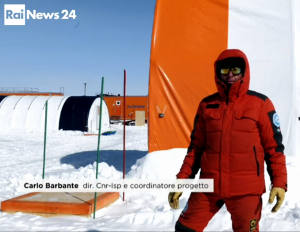 Puntata della rubrica di Rainews - FUTURO24 (1 Febbraio 2022)
Puntata della rubrica di Rainews - FUTURO24 (1 Febbraio 2022)
Intervista a Carlo Barbante, direttore del CNR-ISP e coordinatore del progetto Beyond EPICA Oldest Ice.
In Antartide un gruppo internazionale di scienziati sta cercando di raggiungere il ghiaccio vecchio di 1,5 milioni di anni; fornirà dati su clima e global warming.
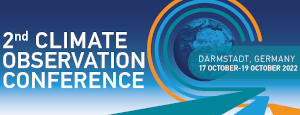 The 2nd Climate Observation Conference will be built around topics such as:
The 2nd Climate Observation Conference will be built around topics such as:
- How do global climate observations support climate policies?
- How well do current climate observations support the understanding of climate change and variability?
- Networks and systems – what improvements are needed to better meet user needs?
- Data processing, archiving and stewardship.
More...
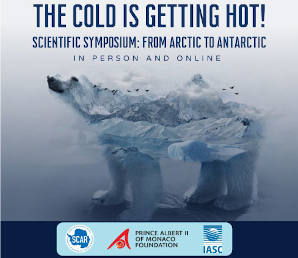 The Prince Albert II of Monaco Foundation (FPA), Scientific Committee on Antarctic Research (SCAR), and International Arctic Science Committee (IASC) in collaboration with the Oceaographic Institute present The Cold is Getting Hot!
The Prince Albert II of Monaco Foundation (FPA), Scientific Committee on Antarctic Research (SCAR), and International Arctic Science Committee (IASC) in collaboration with the Oceaographic Institute present The Cold is Getting Hot!
The event will be held in person at the Oceanographic Museum of Monaco and available to watch online through a live stream.
 The Scientific Committee on Oceanic Research (SCOR) Secretariat invites proposals for new working groups to commence activities in late 2022.
The Scientific Committee on Oceanic Research (SCOR) Secretariat invites proposals for new working groups to commence activities in late 2022.
SCOR working groups are formed of not more than 10 Full Members and 10 Associate Members, to deliberate on a narrowly focused topic and develop a peer-reviewed publication and/or some other product that will advance the topic on which the working group is focused. The group’s work is intended to be completed in 4 years or less. Instructions, guidelines, and template.
Deadline for submission: 30 April 2022
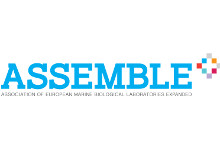 FINAL call for all researchers to get FREE access to >30 marine stations & institutes in 13 countries for marine scienceresearch between April & July 2022. ASSEMBLE Plus extended!
FINAL call for all researchers to get FREE access to >30 marine stations & institutes in 13 countries for marine scienceresearch between April & July 2022. ASSEMBLE Plus extended!
Application Deadline: 14 February 2022
A new study, published in Nature Communications, reports for the first time the iodine variability of the Arctic atmosphere for the last 127,000 years. Using two Greenland ice cores, the international team found the highest and lowest iodine levels recorded during interglacial and glacial periods, including the whole last cold period called the Last Glacial Cycle, and has developed a multidisciplinary research strategy to understand the composition of the Arctic atmosphere and what the mechanisms controlled its evolution.
The analysis of the halogens contained in the ice, together with the concentrations of other elements such as calcium or sodium, has revealed how the ocean is the great regulator of iodine in the Arctic atmosphere: the variability of this element is fundamentally controlled by the dynamics of the ice pack and by the biological productivity of the oceans. The concentration of this element can potentially influence climate and this study can help researchers to better constrain the future projections of iodine atmospheric concentrations in the Arctic.
DOI:10.1038/S41467-021-27642-5 (Niccolò Maffezzoli, Ca’ Foscari, and Andrea Spolaor, CNR-ISP) - READ MORE
 Ministero dell'Universita e Ricerca
Ministero dell'Universita e Ricerca
Programma Ricerche Artico
Programma Nazionale di Ricerca in Antartide
 Ministero degli Affari Esteri e della Cooperazione Internazionale
Ministero degli Affari Esteri e della Cooperazione Internazionale
L'Italia e l’Artico
L’Italia e l’Antartide
